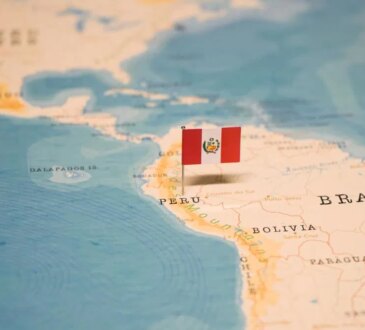Canada’s PSP Investments posts 12.6% annual net return, as assets near $209 billion
The Public Sector Pension Investment Board, Montreal, returned a net 12.6% for the fiscal year ended March 31, above the benchmark return of 11.1%, said a June 13 release.
For the five and 10-year periods, PSP returned a net annualized 10.6% and 8.2%, respectively, compared with corresponding benchmark returns of 9.4% and 6.9%. Net assets under management reached C$299.7 billion ($209.3 billion), up from $264.9 billion at the end of the prior fiscal year).
In fiscal 2024, PSP delivered a net return of 7.2%.
By asset class, the one-year top net performers for fiscal 2025 were the complementary portfolio, up 33.1%; infrastructure, up 17.8%; private equity, up 16.6%; credit investments, up 15.4%; public equities, up 15.1%; fixed income, up 10.5%; and natural resources, up 8.6%.
Real estate was flat with a zero net return. According to the latest annual report, the complementary portfolio “focuses primarily on investments that are not within the mandate of an existing asset class but have strategic benefits to the total fund.”
“PSP Investments demonstrated significant organizational capabilities in delivering strong returns and showing resilience in uncertain times,” said Deborah K. Orida, president and CEO at PSP Investments in the release.
We are proud of the excess return we generated over the one-year, five-year and 10-year periods. This demonstrates the strength and resiliency of our portfolio design and the benefits of investing with focus and foresight. We have the right strategy, talent and partners in place to continue to fulfill our important mandate.”
As of March 31, the actual allocation for PSP’s portfolio was 26.6% public market equities; 22.1% fixed income; 13.6% private equity; 10.7% infrastructure; 10.1% credit investments; 8.9% real estate; 6% natural resources; 1.6% cash and cash equivalents; and the remainder the complementary portfolio.
By region, as of March 31, the U.S. ranked at the top accounting for 40.5% of assets, followed by Canada (20%); Europe (16.3%); Asia (11.3%); Oceania (5.5%); and the remaining in other countries, according to the annual report.




